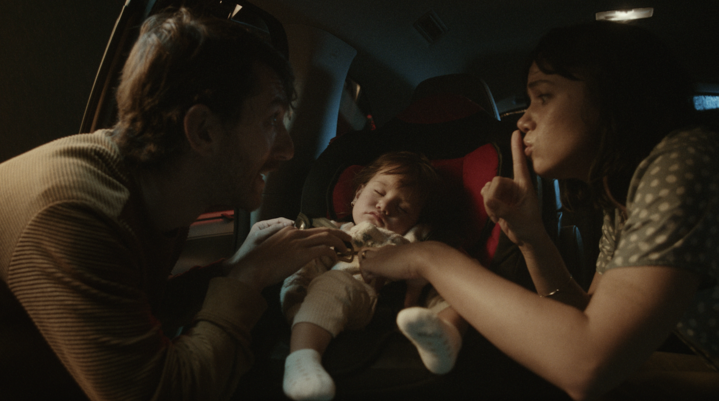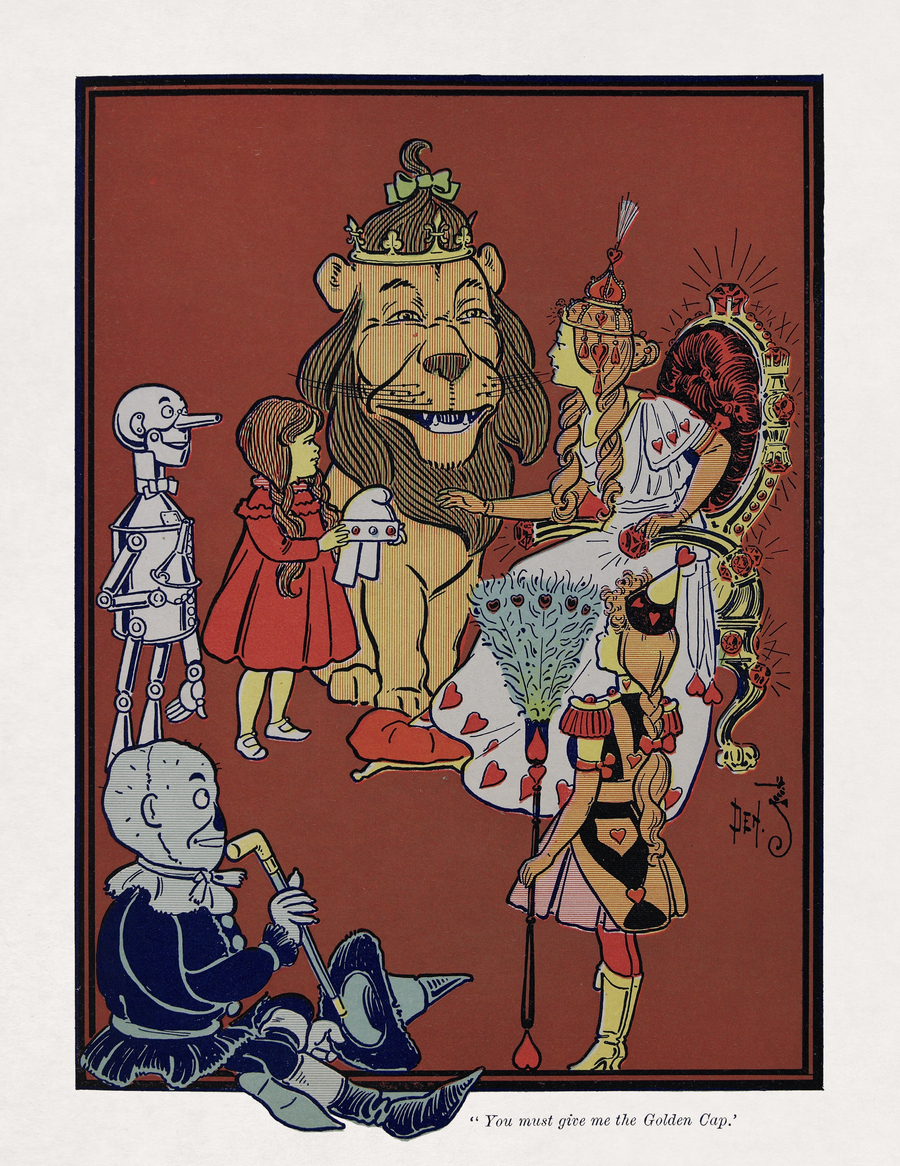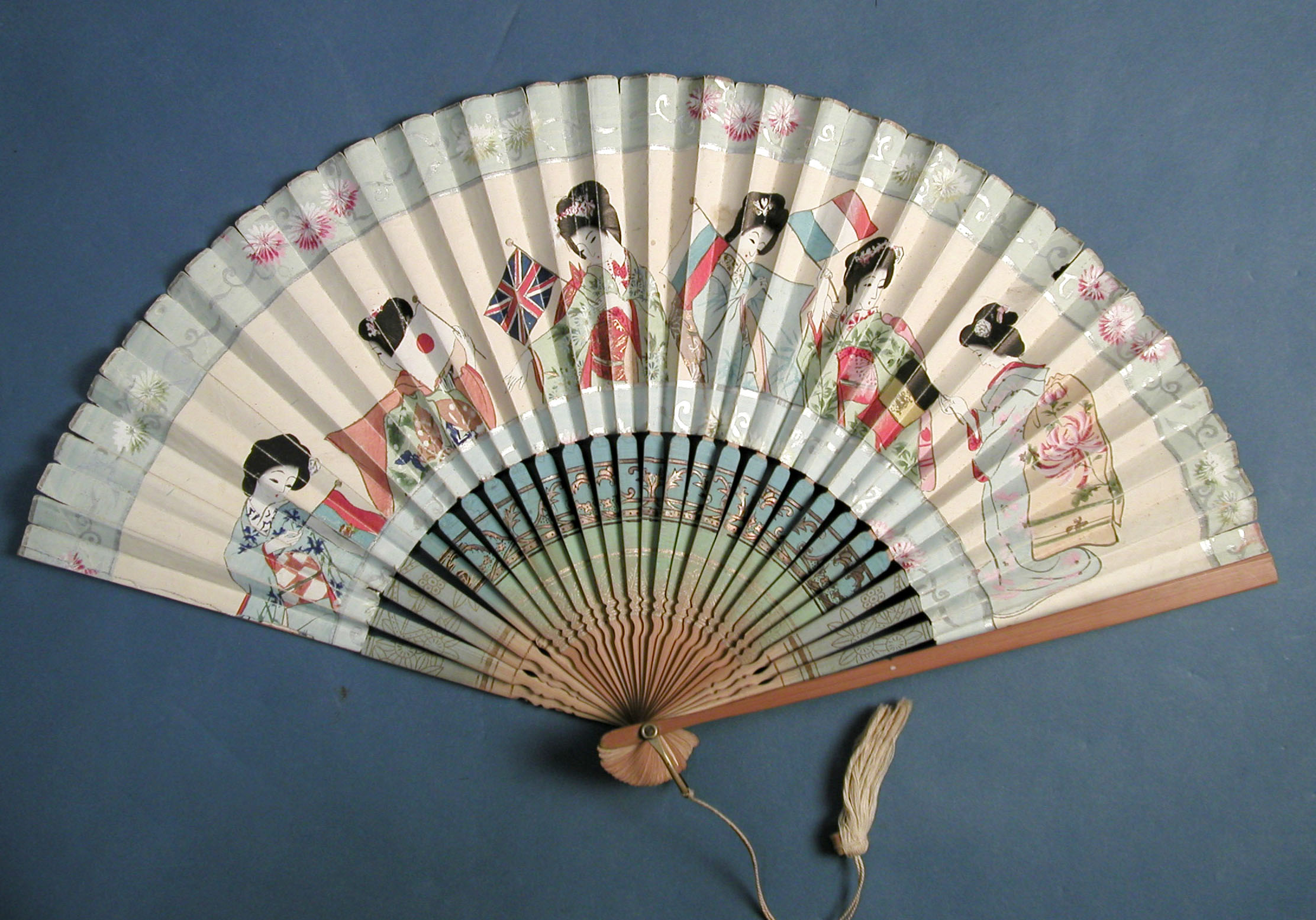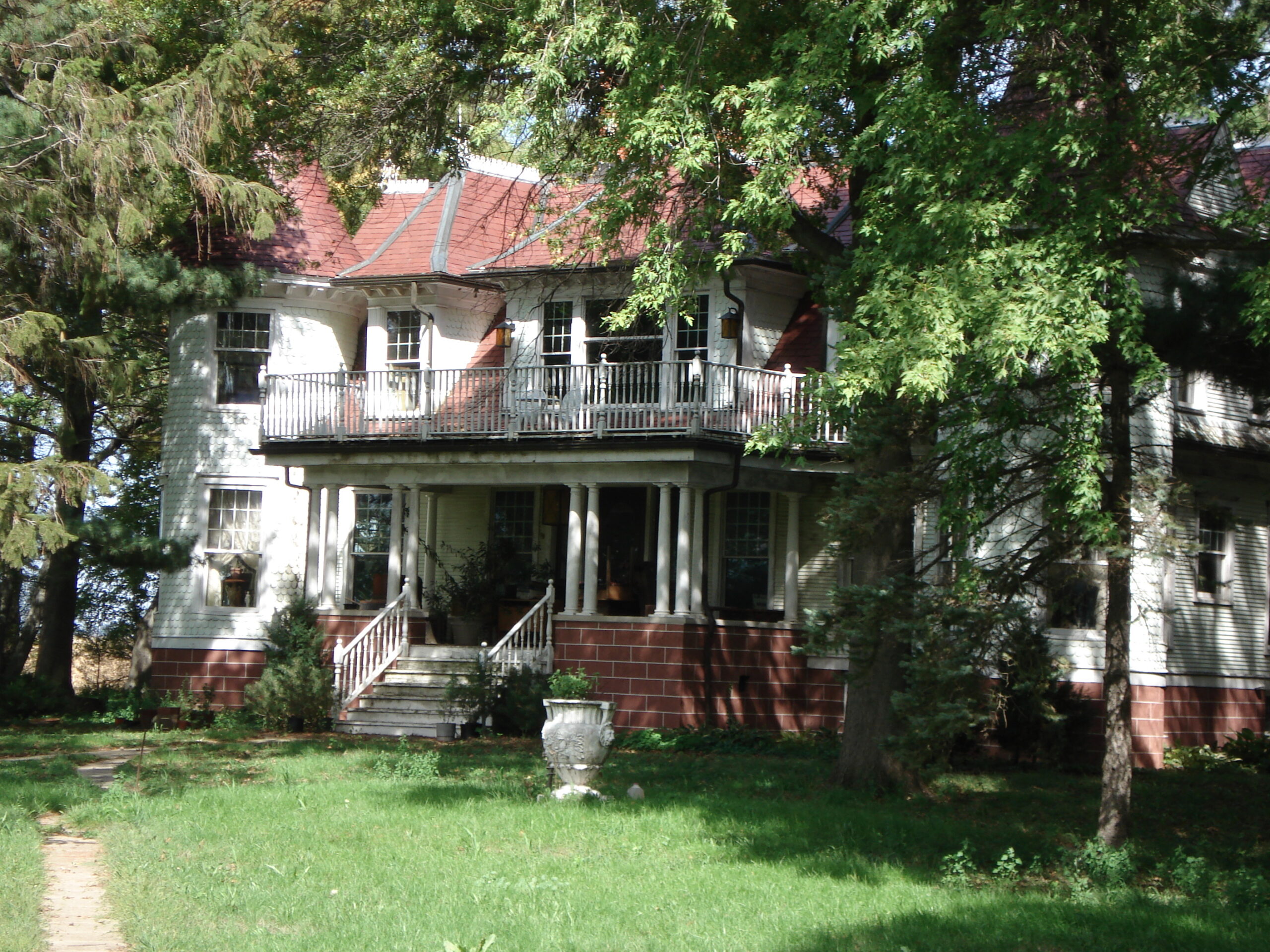
January 14, 2005
A Review of a Show You Cannot See
Stuck the other day at John F. Kennedy airport in New York, with inescapable CNN thoughtscreens blaring, cell-phone dialogues traversing my own personal airspace, and every decent magazine already read, I longed for a moment of quiet repose, and thought back to my day, a number of months before, wandering the virtually vacant stillness of Terminal Five. The occasion was a press preview for a forthcoming art exhibit, of the same name, that featured artists “responding” (is there a more overplayed word?) to Eero Saarinen’s monumental jet-age artifact.
There was always something a bit unbelievable about the whole show, that this famous space had been handed over to a rather unknown curator; and indeed, it turned out that giving the kids the keys to the candy store was a bit ill-advised when, on its opening night party, random acts of vandalism were practiced. Ironically, the Port Authority of New York and New Jersey, an agency that always treated Terminal Five as a rather a nuisance, worthy of horrible annexation if not outright demolition, now stepped in as supreme protector, and closed the show indefinitely in the interest of Historic Preservationist National Security. At JFK again recently, I thought back to that more innocent day, wandering the forgotten spaces of one of the most famous airport interiors in the world, wishing I could return and kill an hour, tranquilly. In the interest of voyeuristic architectural-and-design curiosity for those were unable to attend the opening, I present here the never-published review of the show I was commissioned to write.
It was a pilot’s day at John F. Kennedy International Airport, endless blue vistas and winds of a few gentle knots. I parked outside the defunct Terminal Five, half-expecting to hear a boarding announcement or see a porter collecting bags; instead, I merely caught some cloying gusts of jet fuel drifting across a distant tarmac. Suddenly, a man in an orange vest approached. “TSA (Transportation Safety Administration) guidelines say it’s illegal to park within 300 feet of a terminal,” he declared. Never mind the terminal is these days host to nothing more than an art exhibit — I put the car in the short-term lot.
Terminal Five, or more officially the “Trans World Flight Center,” designed by the Finnish modernist architect Eero Saarinen, is certainly the most celebrated air terminal in America. Upon its opening in 1962, it received a few saturnine denunciations by hidebound modernists — who felt its swooping kineticism and aerodynamic contours were too-literal architectural metaphors for flight — but was otherwise a rousing popular success, a living monument to the jet-age (even in its dormant state, it still commands star power, as in backdrop to Steven Spielberg’s Catch Me if You Can), the kind of place that made Andy Warhol’s claim that the “airport atmosphere” was his favorite kind of place — believable.
Air terminals, on average, have a shorter life expectancy these days then the planes themselves, as airports exponentially expand and layouts change. Saarinen’s TWA terminal, shuttered in 2001 after its parent went bankrupt, is in the strange position today of being both landmarked — and thus unalterable — and functionally obsolete. Its new landlord, the discount carrier Jet Blue, has been struggling to fold the terminal into its existing operations in a way that will placate preservationists yet meet its logistical program. Until early next year, the terminal was to sit vacant, however, and the curator Rachel Ward had the winning idea of filling this deeply suggestive space with art; not the Leroy Nieman prints or numbing neon sculptures that are typical airport fare, but real heady, conceptual stuff.
The primary promise, and challenge, of having artists “respond” to a space like Terminal Five is that the space itself soaks up so much of a visitor’s attention. The terminal’s interior, a series of white-tiled swoops and flows bisected by dramatic, geometric windows, is warmly, playfully futuristic; this is a populist modernism that shares a certain pedigree with Morris Lapidus’ Fontainebleau Hotel or Berthold Lubetkin’s Penguin Pool at the London Zoo. After years of neglect, however, the terminal is afflicted with the creeping decay that marks other retro-futurist monuments — e.g., Brasilia, or the Eritrean city of Asmara. The white tiles are uniformly stained gray, the window-tinting film is beginning to peel back, and there’s a few letters missing at the former first-class lounge “Constellation Club.” Even worse are the baleful post-Saarinen decorating touches added over the years, like the smoked glass lighting and faux-wood-trim seating in the Paris Café, relics not to Kennedy-esque optimism but late-Carter-esque 1970s malaise.
After gawking at the stalled luggage carousels and the shuttered duty free shops, one gets around to the art, which competes with mixed success. One of the most prominent works is Jenny Holzer’s aphorisms, here transmitted across the Saarinen-designed sign, ovoid and a bit like an alien head, that would have once listed departure and arrival information. Holzer, the curator noted, wanted to project these onto the building’s exterior, but was told by airport officials that this would interfere with runway operations. The artist also wanted to label the Terminal Five sign one sees upon entering the airport drive — the signs usually marked with Air Khazakstan or LAN Chilean — with “Ambivalence Will Destroy Your Life.” This too was nixed by airport officials (as it happens, the sign says “Art Exhibit,” which is still striking). Seeing Holzer’s familiar koans here, in what is essentially an art gallery, seems a letdown compared to the more public places in which they have been exhibited; rather than shocking the casual observer, it’s just a Las Vegas-like rehash for the accustomed art consumer.
Elsewhere, Dan Graham has a beguiling piece of sculpture in the Paris Café, a triangular wedge of metal mesh and reflective glass that warps imagery as the viewer passes around it, echoing and distorting the glass and steel of the airport walls around it (Graham wants to install large version of this here, permanently). On a curved wall upstairs, Jonathan Monk has announced a proposed meeting (“The Lion Enclosure London Zoo Regent’s Park London 12th May 2014 Lunchtime”), to which he may or may not show up for, which is perhaps an interesting comment on our Palm Piloted airspace of perpetually reshifting plans, or a reflection on current “on-time” rates of air travel. One of the best works is a soundscape by Ryoji Ikeda. In one of the two tubular boarding ramps, he has placed searingly bright and hot lights at one end and filled the whole space with a sound that flits from sub-audible to almost unbearable levels. The effect is very THX 1138, and is meant, according to the artist, to suggest a near-death experience (why the airline sponsor welcomed this, but rejected another piece by Vanessa Beecroft — featuring shackled African-American models painted black — is interesting). Also praiseworthy is a work by Jennifer and Kevin McCoy that films a series of miniature dioramas — a kind of action film — using abstracted real-time images of the terminal itself in the background.
In one corner of the terminal sits a piece of sculpture that is not officially part of the show, but among the most curiously poignant. It’s a slender aluminum Hamilton Standard propeller from the Ford Tri-Motor aircraft that on July 7, 1929, made the first transcontinental flight, cutting the travel time from coast to coast from four days to the then-revolutionary 48 hours. By the time Saarinen’s terminal was built, air travel was entering the too-brief utopian epoch, its apotheosis of high style and technological frontierism. Now, the propeller, like a set of United Airlines stainless cutlery I found behind the bar, seems hopelessly of another time: Before terrorism, before economic contraction. The terminal’s new sponsor, JetBlue, is a discount airline (without first class) that doles out bags of Cheetos, not caviar — and yet it is one of the few profitable American carriers. Saarinen’s terminal, in all its seductively organic, aerodynamic splendor, echoes with the lost footsteps of Cary Grant, and sits like a curious, gorgeous relic, an artwork onto itself.
Observed
View all
Observed
By Tom Vanderbilt
Related Posts

Business
Kim Devall|Essays
The most disruptive thing a brand can do is be human

AI Observer
Lee Moreau|Critique
The Wizards of AI are sad and lonely men

Business
Louisa Eunice|Essays
The afterlife of souvenirs: what survives between culture and commerce?

Architecture
Bruce Miller|Essays
A haunting on the prairie
Related Posts

Business
Kim Devall|Essays
The most disruptive thing a brand can do is be human

AI Observer
Lee Moreau|Critique
The Wizards of AI are sad and lonely men

Business
Louisa Eunice|Essays
The afterlife of souvenirs: what survives between culture and commerce?

Architecture
Bruce Miller|Essays
